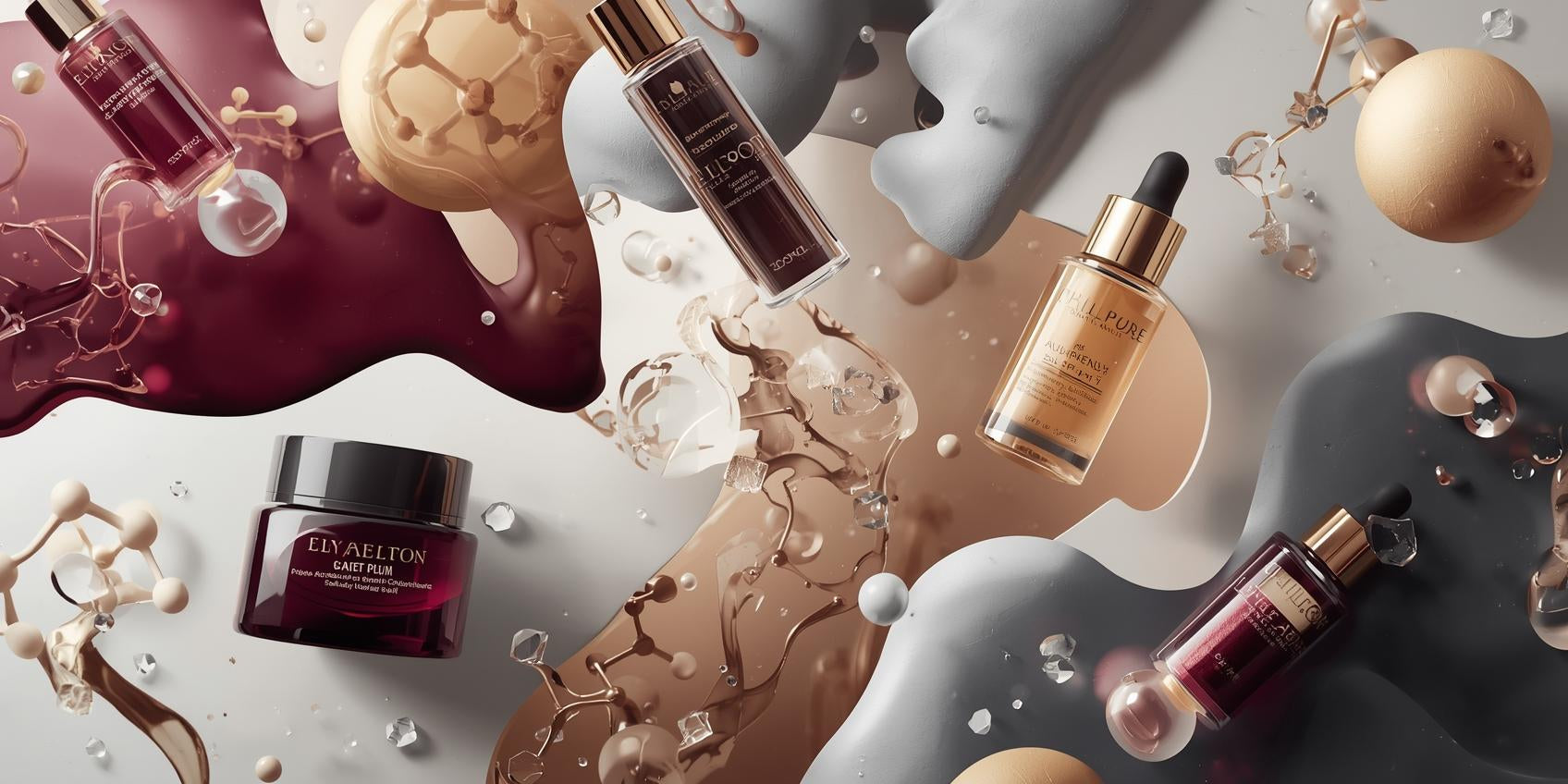Andrographis paniculata is an annual herbaceous plant in the family Acanthaceae, native to the Indian subcontinent and widely cultivated in South and Southeast Asia. The plant is known by various common names (e.g., “king of bitters”), due to its very bitter taste and its long traditional use in herbal medicine. The extract used in skincare is typically derived from the leaves (and sometimes aerial parts) of the plant, and is rich in bioactive compounds—especially a class of molecules called diterpene lactones (e.g., andrographolide), as well as flavonoids and polyphenols.
The INCI name often appears as Andrographis paniculata Leaf Extract (or sometimes “Andrographis paniculata Extract” more generally). According to cosmetic‐ingredient databases, its functional roles in formulations include “astringent” and “skin conditioning”.
Key benefits in skincare / cosmetic applications
Research in recent years has highlighted several mechanisms by which Andrographis paniculata extract (or its key constituents) may benefit skin health and appearance:
-
Anti‐inflammatory & soothing: The extract and andrographolide derivatives have been shown to reduce key pro‐inflammatory markers (e.g., IL-6, TNF-α) and reactive oxygen species (ROS) in skin cells exposed to UVB or other stress. This means it may help calm irritation, redness or sensitivity.
-
Antioxidant / protective: Because the extract includes polyphenols and diterpene lactones that reduce oxidative stress, it helps protect skin cells from damage induced by external stressors (UV, pollution) and supports skin resilience.
-
Anti‐ageing / skin renewal support: A clinical study found that a formulation containing Andrographis paniculata extract improved skin hydration, dermal density, wrinkle appearance and sagging after 4–8 weeks. The mechanism involved stimulating epidermal progenitor cell proliferation and increasing expression of integrin β1 and VEGF in keratinocytes.
-
Brightening / pigment regulation potential: Some in-vitro work indicates the extract (or leaf extract) can inhibit tyrosinase activity (a key enzyme in melanin production) and reduce melanogenesis in pigment-forming cells, suggesting potential for skin tone-evening/brightening formulations.
-
Barrier / sensitive skin support: Ingredient databases note that the extract can strengthen the skin barrier, reduce “sensitive skin” symptoms, and offer microbial protection.
In the context of skincare formulations, this means Andrographis paniculata leaf extract is particularly appealing in products designed for sensitive skin, redness/irritation, anti-ageing routines, post-treatment calming, and more.
Formulation & usage notes
-
In product labels you’ll see INCI as Andrographis paniculata (Leaf) Extract.
-
It works well in serums, creams, lotions or targeted treatments (for example soothing/repair actives, redness-correcting products, barrier-repair formulas).
-
It is often paired with other soothing/anti-oxidant botanicals (e.g., calming botanicals, niacinamide, ceramides) or actives where irritation is a concern (like retinoids or exfoliants).
-
Since it has been clinically studied and shown efficacy (for example in improving dermal density) the extract has some substantiation vs purely botanical “claim only” ingredients.
-
For formulators, key parameters may include extract standardisation (percentage of andrographolide or related lactones), ensuring stability (some bioactives degrade under light/heat), and compatibility with other actives in the formula.
Considerations & safety
-
While many of the studies are promising, some are in vitro or small clinical settings; broader large-scale studies in cosmetic contexts are still emerging.
-
As with all botanicals, sensitivities/allergies are possible—patch testing is wise for users with very sensitive skin.
-
Some safety reviews (in medicinal rather than purely cosmetic context) suggest that Andrographis paniculata is generally safe but can cause adverse events in certain uses—so monitoring and quality control are important.
-
Because the plant is very bitter (hence “king of bitters”), formulators must consider taste (if oral uses) or botanical bitterness if used in lip/face products, though for topical skincare bitterness is less of a concern.
-
As a functional botanical in skin care, claims must be aligned with evidence: e.g., “supports skin renewal”, “calms irritation” rather than over-promising cures.
Skin types & suitability
-
Best for: normal, combination and oily skin; a solid T-zone tuner for otherwise dry types.
-
Sensitive-friendly: Generally well tolerated when the full formula is gentle and fragrance kept low. As with any botanical, patch test if you’re highly reactive.
-
Ethics: Vegan and cruelty-free by plant origin (confirm certifications with your supplier).
Real-world claims you can support
-
Antioxidant protection
-
Helps soothe and comfort stressed skin/scalp
-
Helps reduce the look of excess oil/shine
-
Supports a clearer, more even-looking complexion
-
Naturally derived / plant-based / vegan / cruelty-free
Properties
Anti-inflammatory, Anti-microbial
INCI Name
Andrographis paniculata Leaf Extract




